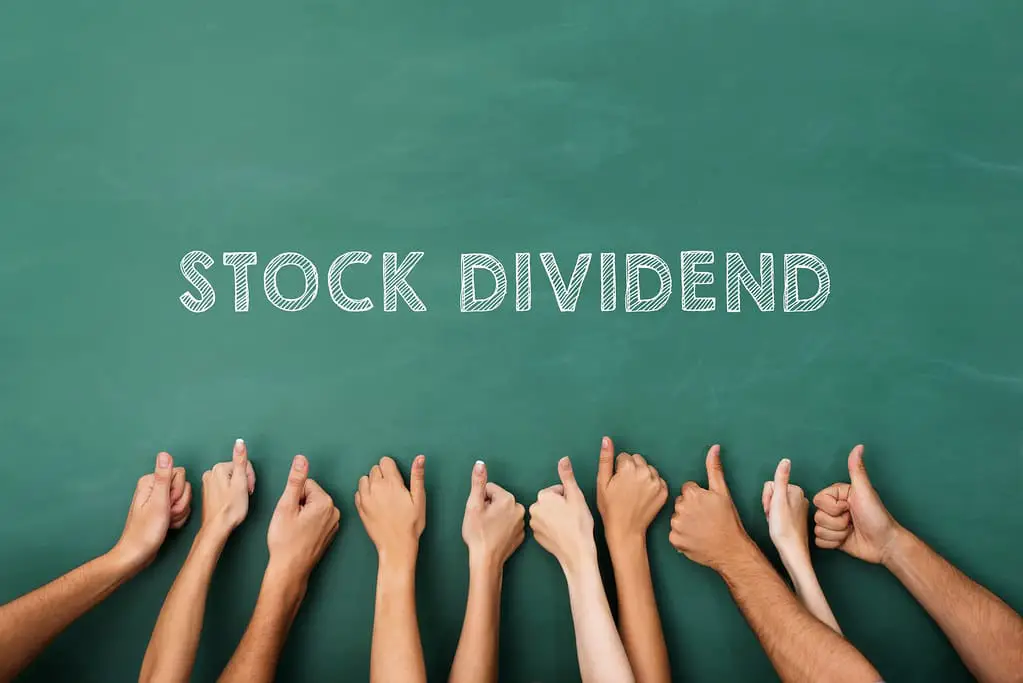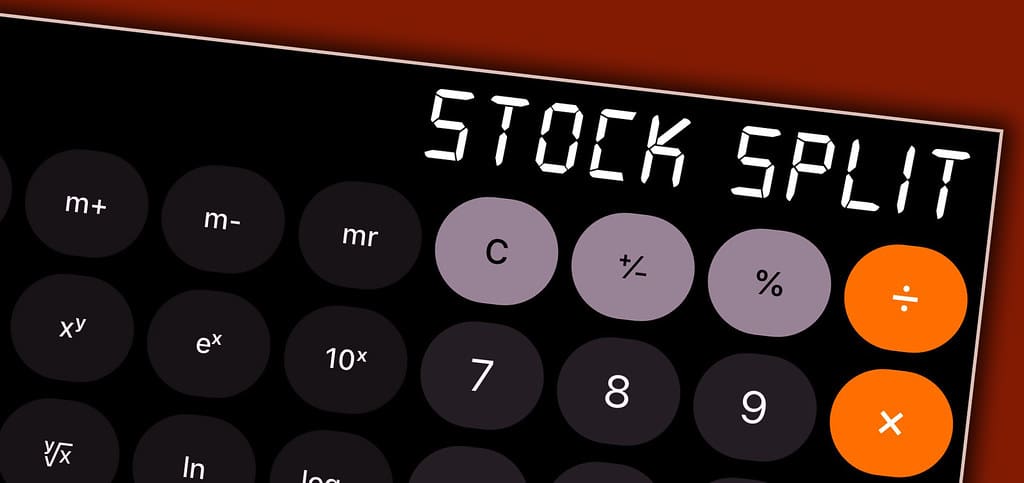When the bank gives its dividend to the customers in cash, it is called a cash dividend. When the bank gives the dividend through additional stocks, it is called a stock dividend. The Stock Split means splitting existing shares to create more shares. Both terms are nothing alike.
Key Takeaways
- A stock dividend involves issuing additional shares to shareholders as a percentage of their current holdings, whereas a stock split increases the number of shares outstanding by a specific ratio.
- Stock dividends do not change the overall market capitalization of a company, while stock splits may cause a temporary increase in market value.
- Both stock dividends and stock splits can make shares more affordable for investors, but stock dividends may have tax implications.

Stock Dividend vs Stock Split
A stock dividend is a distribution of additional shares of stock to existing shareholders, increasing the number of shares but maintaining the value of their investment. A stock split divides existing shares into multiple shares, reducing the value of individual shares but increasing the company’s total value.
The stock market is one of the most complex places in the economy. Stock dividends are paid to the customers with the profits of the stocks. A Stock Split means making more shares of a company by splitting existing shares. These operations are carried out every day.
In economics, there are two ways for a company to pay a dividend to its customers: Dividends paid in cash and dividends paid on further stocks. Several factors compel the bank to pursue any of the options.
Stock Splits are classified into two types: There are forward Stock Splits and backward Stock Splits performed to increase the number of shares in the company. A backward Stock Split is performed when the number of shares needs to be decreased.
Comparison Table
| Parameters of Comparison | Stock Dividend | Stock Split |
|---|---|---|
| Definition | Stock Dividend is the way the company pays its customers with money. | The Stock Split is when the company decides to increase or decrease the ratio of stocks by splitting existing stocks. |
| Main Objective | Stock Dividend is required to increase the creditworthiness of the company without bleeding cash. | Stock Stock Splitting is important. It allows small-scale retailers to take part in the company share. |
| Reason for Adopting | It works as an incentive for the loyal shareholder base by more shares of the company. | The main reason for Adopting this is to develop the marketing and bring in new liquid money |
| Face and Market Value | Face value increases after the dividend. But market value is likely to decrease. | After a split, the proportion ratio drops. More people own the same amount of value. |
| Reserve Capital | Reserve Capital will always decrease proportionately. | Reserve Capital does not change at all |
What is Stock Dividend?
A stock dividend is something that is given to shareholders instead of money. It is simply giving stocks instead of money.
Nowadays, companies issue additional shares to their loyal stakeholders.
Many critical calculations are in place here. If the issue of a stock dividend is excessive and remains unchecked, the stock price will be diluted. Stock prices will decline rapidly and cause inflation.
The stock dividend is normally given as a bonus issue. It means that the stock issued to the people is free of charge.
How many shares a stakeholder will receive depends on the manufacturers. It may depend on the specific ratio, the stakeholder’s interest in the company, or the general policy imposed by the market.
If an organization is short of cash, it can certainly go for a stock dividend declaration. A stock dividend decreases the price of a particular share and makes it more affordable to scores of investors.
The declaration of dividends is a positive sign. It highlights a company’s financial prowess. For instance, if a company has an extra 100 shares and makes a profit of $100,000, If it declares a 20% dividend, the person will receive $100 in shares instead of cash.

What is Stock Split?
A Stock Split is when the additional stocks are subdivided into various pieces and given to the small retailer. The capital remains unchanged.
This is a clever economic solution, provided the company has no cash to pay up. It allows the company to distribute its shares among a larger crowd. This creates financial stability and a solid stakeholder base.
This is an economic move for the company. It makes the share available to a large number of people.
The Stock Split will not change any market capital. So the amount of money in the market remains the same.
In another interesting case, the company might split the stock to hide its profit. The split stocks do not change the price in any way. With the same profit, the stock number increases.
When Stock Splitting occurs, liquidity increases. The increased number increases the number of total stakeholders.
For example, suppose you held 100 shares of the company with a face value of $1000 before the split. After a 1:10 split, you will own 1000 shares with a value of $100.

Main Differences Between Stock Dividend and Stock Split
There are many differences between Stock dividends and Stock Split. Some of them are as follows:
- Stock dividend is giving the portion of profit to the shareholders with the mean of additional stocks. Stock Split is subdividing the existing stocks.
- Stock dividend causes no change in the face value. On the other hand, face value decreases in case of the occurrence of the Stock Split.
- When the company does not have a sufficient amount of hard cash to distribute the profit, they go for the stock dividend option.
- When the company wants to increase the liquidity of shares, they declare a Stock Split.
- When the company needs liquidity, they share the stock dividend. When they need to tome down their high-priced share, they opt for the Stock Split.
- https://onlinelibrary.wiley.com/doi/abs/10.1111/j.1540-6261.1987.tb03919.x
- https://www.sciencedirect.com/science/article/abs/pii/0304405X84900114
